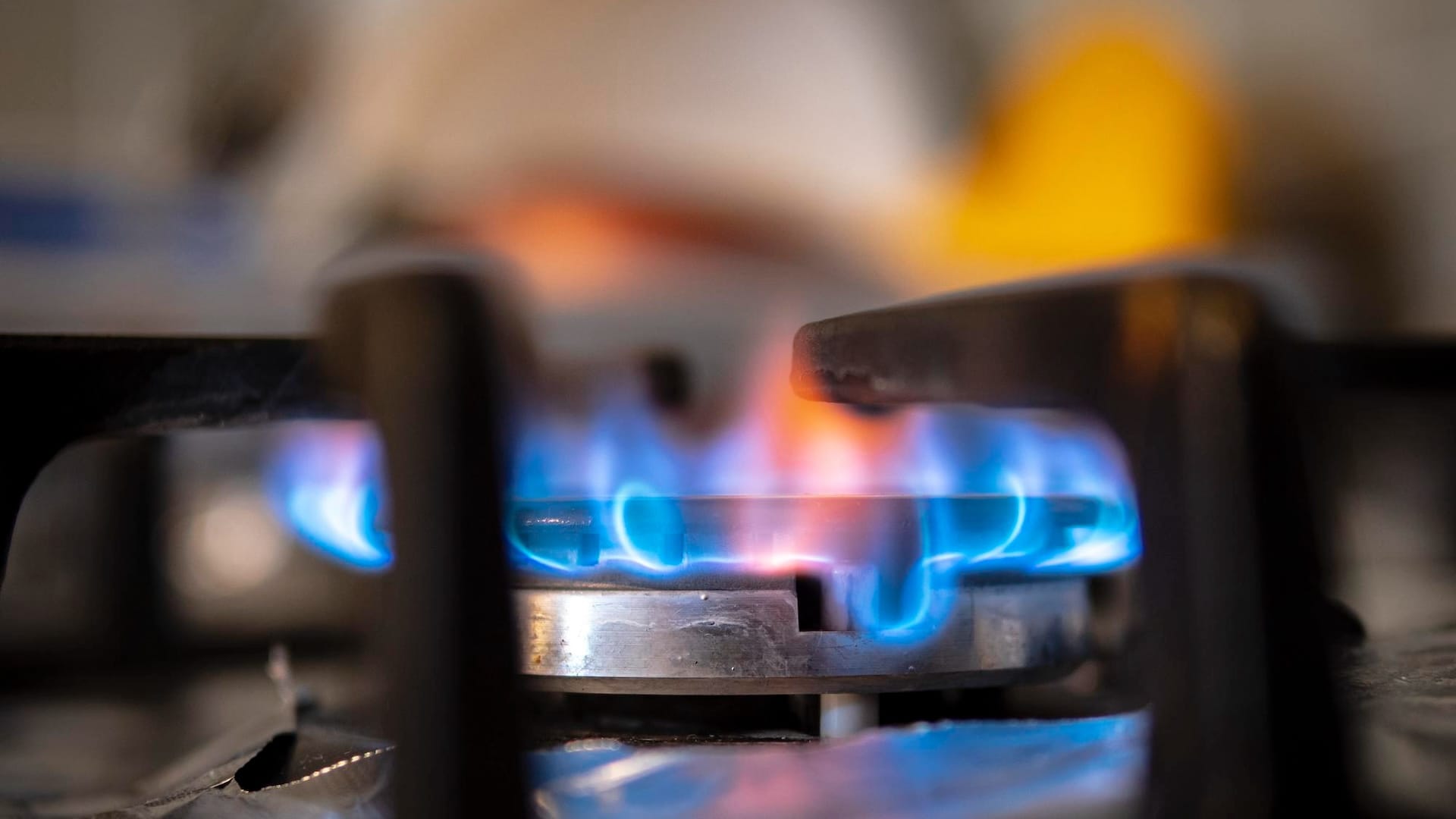
Why does natural gas burn blue?
The blue color of a natural gas flame results from the combustion process that occurs when natural gas (methane) interacts with oxygen in the presence of heat.
- Methane composition: Natural gas primarily consists of methane (CH4), a hydrocarbon. Methane is a molecule composed of one carbon atom and four hydrogen atoms.
- Combustion reaction: When methane is exposed to heat and oxygen, it undergoes a combustion reaction. The general chemical equation for this reaction is:
- CH4 (methane) + 2O2 (oxygen) → CO2 (carbon dioxide) + 2H2O (water) + heat
- During this reaction, methane combines with oxygen to produce carbon dioxide (CO2) and water vapor (H2O), releasing energy in the form of heat.
The flame color of natural gas (and LPG)
The blue color of the flame results from the efficient and complete combustion of methane. In this ideal combustion scenario, an adequate oxygen supply allows the methane to oxidize fully. The blue flame indicates no incomplete byproducts or impurities in the flame.
The blue flame is also an indicator of a high-temperature flame. The complete combustion of methane generates more heat compared to incomplete combustion. This high temperature is desirable for most gas appliances, such as stoves and furnaces, as it ensures efficient energy conversion.

Blue vs. yellow gas flames
Blue flames are standard when it comes to natural gas combustion.
LPG (liquified petroleum gas) is a mixture of hydrocarbon gases, specifically propane, while natural gas mainly contains methane. These materials produce a blue flame, signifying complete combustion and efficient use.
Red or orange flames in propane or natural gas indicate incomplete combustion, resulting in wasted gas and posing safety risks.
People mostly ask if the blue flames are safe and consider it as an ‘unnatural’ burning process. However, yellow (or red) flames sign wasted gas and safety hazards.
